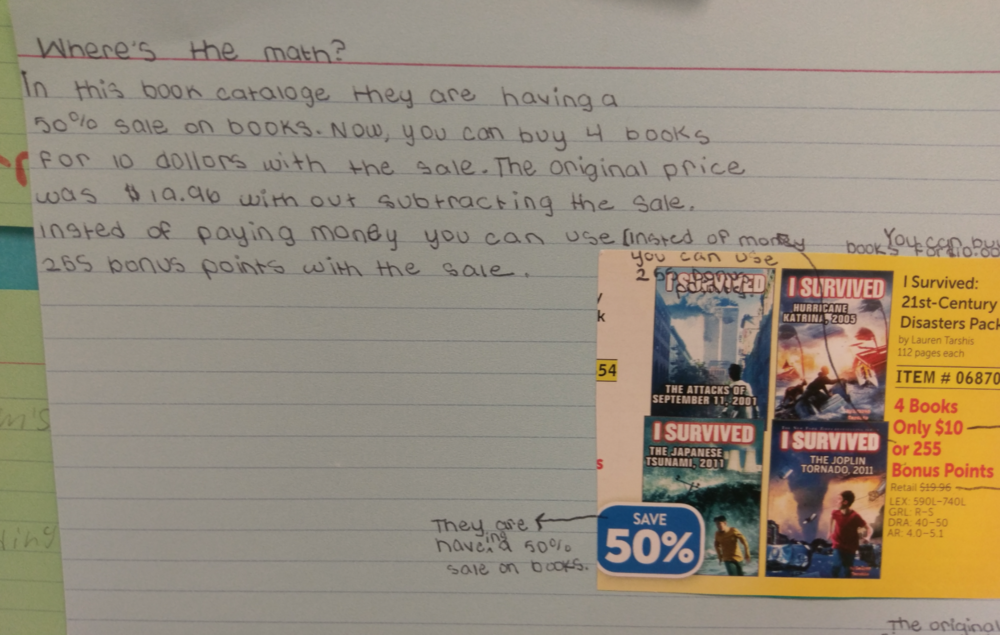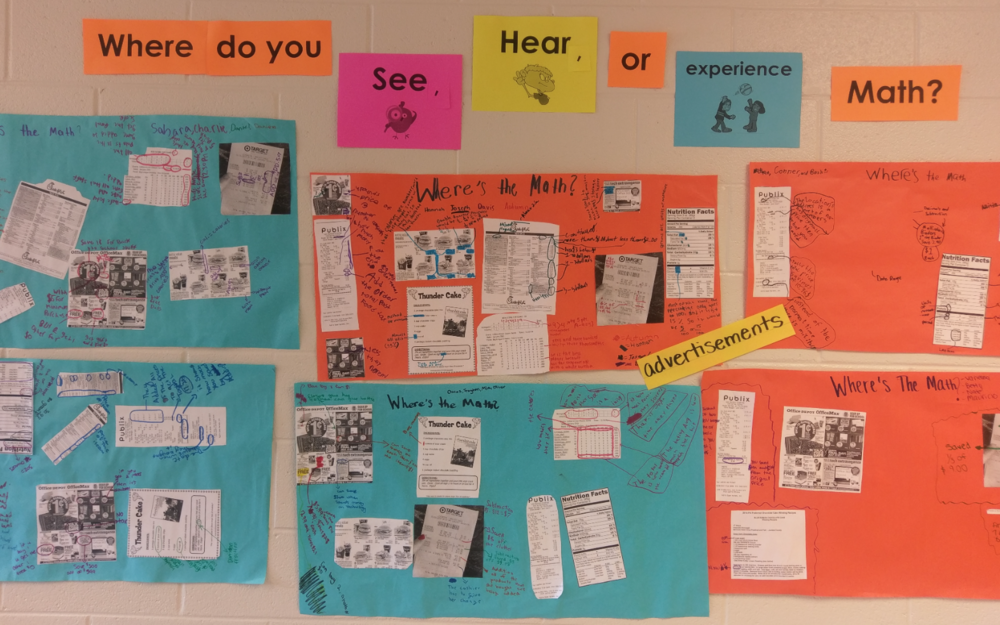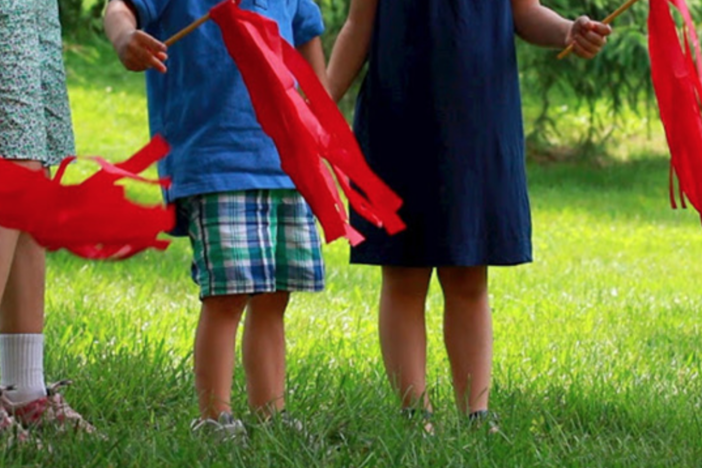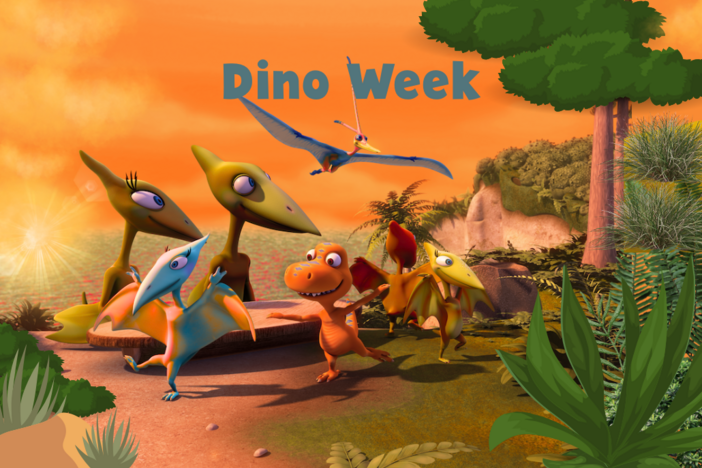
Section Branding
Header Content
Where's The Math?
Primary Content

It’s no secret that the jobs of tomorrow will be in STEM. Educators have heard this call loud and clear, and STEM curriculums are being implemented nationally. At White Oak Elementary, the commitment to STEM education has created a school-wide culture of inquiry and innovation. While educators have found natural curriculum-based projects integrating science, technology, and engineering, a constant obstacle remains: how do we encourage our students to see the world through the eyes of a mathematician?
Oftentimes, integrating math into Project-based Learning (PBL) can feel forced. If our students are to become true STEM thinkers, they must notice the authentic math connections in their work. To support this shift in thinking, their eyes must be opened to the abundance of mathematics in the world around them.
In order to cultivate math awareness, the fifth graders at White Oak were presented with the question: Where’s the Math? Through explicit instruction, students were taught how and where to look for natural mathematical connections.
First, students were given physical artifacts such as receipts, menus, and nutrition labels. Students were guided to look beyond the numbers, and understand the mathematical concepts at work behind the digits - How is the total amount on the receipt calculated? What does the discount mean?

Next, students were shown videos demonstrating mathematics in sports - scorekeeping in golf, using angles to pass the puck in hockey, and how decimals are used to report baseball box scores.
Finally, students were presented with clips from favorite movies, and content-based images to infer where the mathematics appeared. For example, an image depicting a WWII trench elicited comments related to length, height of the wall, and volume of space per individual. A brief homework assignment directing students to notice math at home concluded the short inquiry.
The true test came once the explicit instruction ended – would the children continue to notice math without being prompted to do so? Much to the surprise (and delight) of the educators involved, the students not only were aware of the mathematics at work around them, they began to include mathematical concepts in other content areas, primarily in writing. Students used calculations to provide compelling evidence in argumentative essays, WWII content appeared in fraction word problems, and student-led inquiry projects were launched based on nutrition facts from a carton of chocolate milk.

While taking a break from the jam-packed mathematics curriculum is uncomfortable, rest assured, investing the time for students to ask “Where’s the math?” is more valuable than immediately realized.






